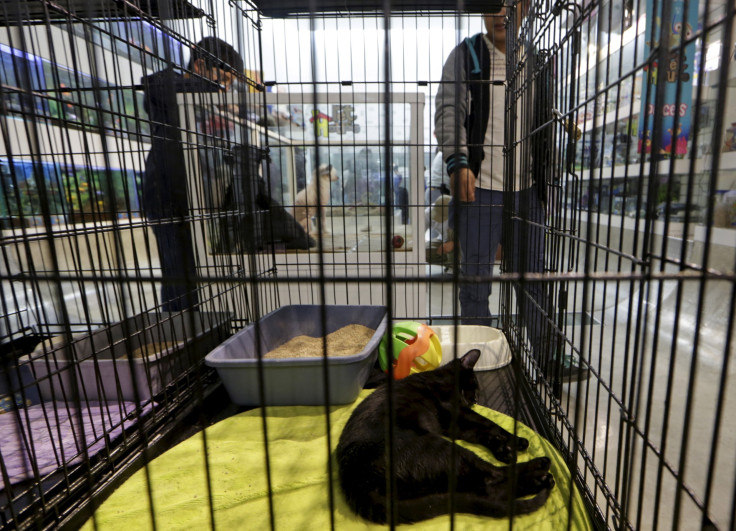Furry Pets ‘Enrich’ Gut Bacteria Of Infants At Risk For Allergies

(Reuters Health) - In a small, preliminary study, infants in households with furry pets were found to share some of the animals’ gut bacteria - possibly explaining why early animal exposure may protect against some allergies, researchers say.
The infants’ mothers had a history of allergy, so the babies were at increased risk too, and it was once thought that pets might be a trigger for allergies in such children, the authors point out in the Journal of Allergy and Clinical Immunology.
“Earlier it was thought that exposure to pets early in childhood was a risk factor for developing allergic disease,” said Dr. Merja Nermes of the University of Turku in Finland, who coauthored the research letter. “Later epidemiologic studies have given contradictory results and even suggested that early exposure to pets may be protective against allergies, though the mechanisms of this protective effect have remained elusive.”
Adding pet microbes to the infant intestinal biome may strengthen the immune system, she told Reuters Health by email.
Nermes and her colleagues wanted to see how, exactly, exposure to household pets might influence children’s immune systems.
The researchers used an ongoing probiotic study of pregnant women with a history of allergies. From the participants, they selected 51 infants of families with furry pets (dogs, cats or rabbits) in the home and 64 infants with no pet in the home, as a comparison group.
The study team collected fecal samples from diapers when the babies were one month of age and these were tested for the DNA of two types of Bifidobacteria that are found specifically in animal guts: B. thermophilum and B. pseudolongum.
One third of infants from the pet-exposed group had animal-specific bifidobacteria in their fecal samples, compared to 14 percent of the comparison group. It’s not clear where the infants without furry pets at home acquired their gut bacteria, the authors write.
When the babies were six months old they had skin prick tests to assess allergies to cow’s milk, egg white, flours, cod, soybeans, birch, grasses, cat, dog, potato, banana and other allergens.
At six months of age, 19 infants had reactions to at least one of the allergens tested. None of these infants had B. thermophilum bacteria in their fecal samples.
Past research has linked growing up on a farm or exposure to dog dander indoors with protection against airway allergens, the study team writes. Other studies have found increased “richness and diversity” in the gut microbes of kids exposed to household pets.
“When infants and furry pets live in a close contact in the same household, transfer of microbiota between pets and infants occurs,” Nermes said. “For example, when a dog licks the infant´s face or hand, the pet-derived microbiota can end up via the mouth into the infant´s intestine.”
Human-specific Bifidobacteria have beneficial health effects, and animal-specific strains may also be beneficial, she said. It is still unclear, however, if exposure to these bacteria protects against allergies later in life, she said.
“Future research is needed to assess if these infants develop less atopic dermatitis, asthma or allergic rhinitis later,” she said.
Pediatricians should not advise parents to avoid having pets in the home for fear of allergies, she said.
“If a family with a pregnant mother or an infant wants to have a pet, the family can be encouraged to have one, because the development of allergic disease cannot be prevented by avoiding pets,” she said.
SOURCE: http://bit.ly/1Meufxu Journal of Allergy and Clinical Immunology, online September 3, 2015.



























